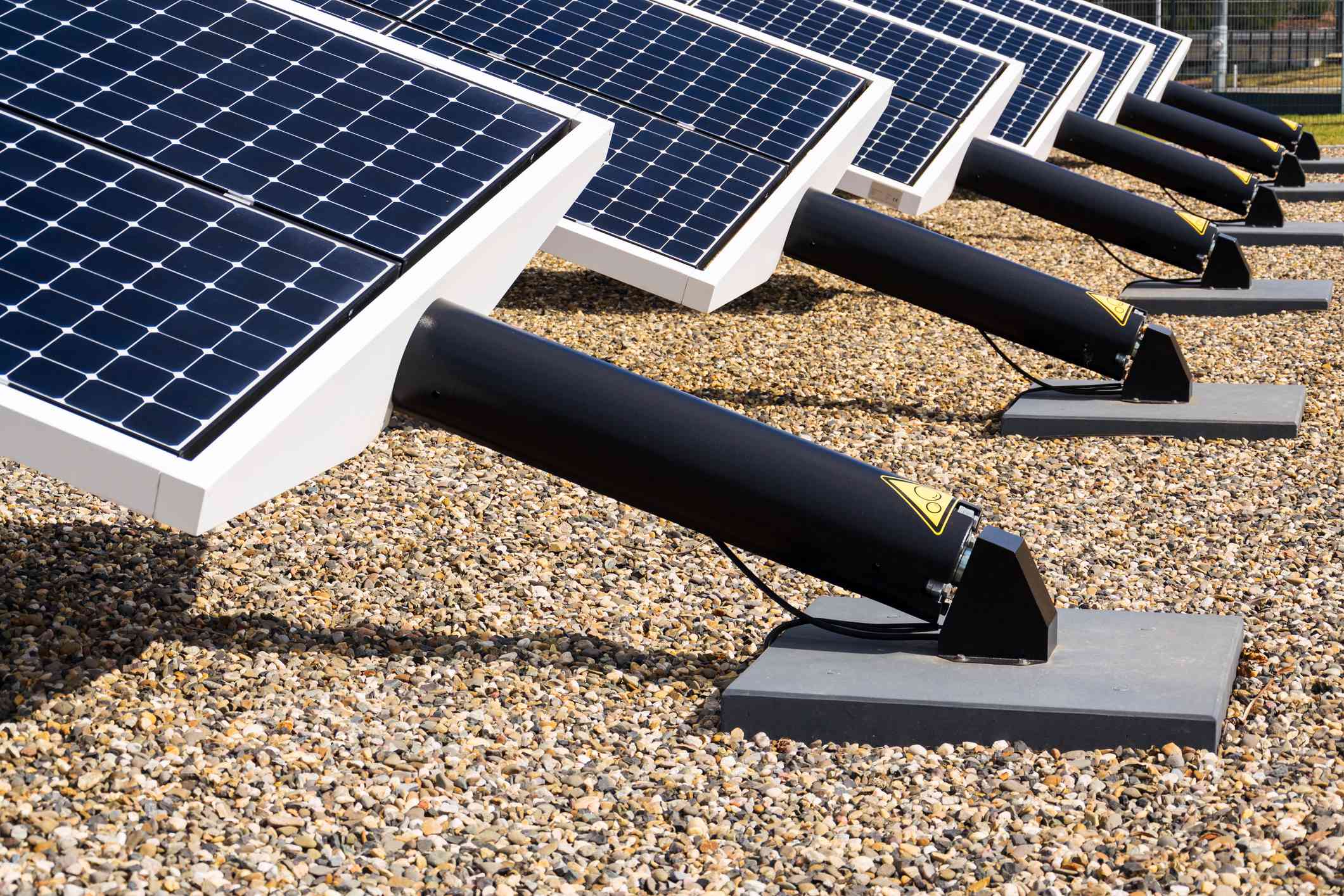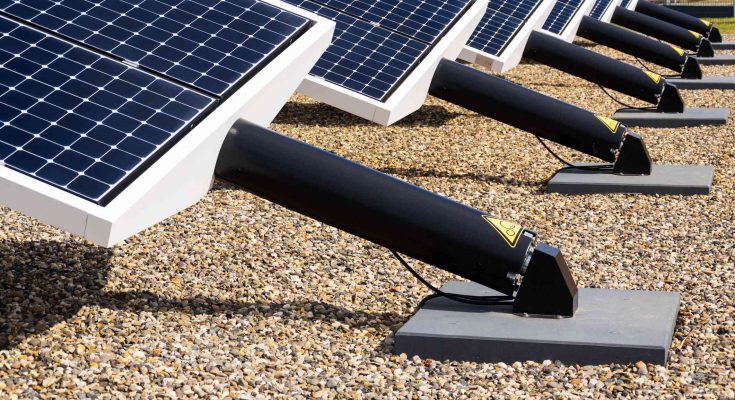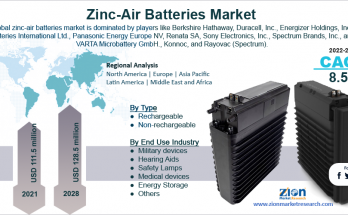
Over the past few years, solar PV technology has been one of the fastest-growing renewable energy sources in the United States. PV cells have been developed as a long-term and renewable source of electricity because of the increasing government focus on renewable energy. The levelized cost of electricity has decreased as a result of rising capacity additions across the United States (LCOE). As a result, solar PV is now on par with other traditional energy sources in the United States. The United States government’s support for solar energy has led to a high level of adoption in the country.
Electrical components such as actuators, motors, and sensors are used to orient the cells to maximise the amount of energy that may be harvested. Residential and business applications can benefit from the power generated by the captured solar radiations. Commercial solar energy generation is becoming more popular as the cost of PV panels continues to fall, which is projected to further boost the market’s growth, since trackers aid in boosting the panel’s power generating output significantly. There is a lot of commercial use for solar trackers. These have a relatively little market share in the residential sector.
NEXTracker, Array Technologies, AllEarth Renewables, and Solaria are among the firms developing novel tracking systems that are projected to fuel the market’s expansion throughout the forecast period. The solar tracker business is extremely price competitive, thus manufacturers must be exceedingly efficient and strategic in order to succeed.
There will be a significant rise in demand for renewable energy in Europe due to the recently increased feed-in tariff (FIT) rates, particularly in Germany. Over the next 10 years, the European market will benefit from the presence of various government subsidies in the region. Dual-axis trackers with low dependability were adopted by several European projects during the FIT boom, which resulted in excessive O&M expenses.
Solar Tracker Market Size And Forecast
By 2028, the Solar Tracker Market is expected to reach USD 20,55 billion, rising at a CAGR of 9.59 percent from 2021 to 2028. In 2020, the market was valued at USD 9,88 billion.
Due to their high dependability index and great cost effectiveness, single-axis trackers will see significant expansion in the Solar Tracker Market. Because single-axis solar trackers require relatively little upkeep compared to other options, the global market for solar trackers is seeing an increase in demand for these devices. In-depth analysis of the market is provided by the study on the Global Solar Tracker Market. The study provides an in-depth look at key market segments, trends, drivers, and restraints, as well as the competitive landscape and other aspects.
Global Solar Tracker Market Segmentation Analysis
By Product
• Single axis
• Dual axis
Single axis systems track the sun’s rays along a single axis, increasing system performance by 20% or more over fixed solar PV cells in isolated areas. Single-axis solar trackers take up more area than fixed solar panels because their movement can cast shadows on surrounding panels. Single-axis trackers maximise output but increase capex and opex (operating expenditure).
Dual axis accounted for more than 50% of 2021 sales and is expected to grow at the highest CAGR. Dual axis trackers follow the sun horizontally and vertically for optimal solar absorption. Dual-axis trackers generate 8-10% more energy than single-axis trackers. Dual-axis trackers have substantial O&M costs due to land requirements, sophisticated technology, and motor and control system maintenance. This factor hinders dual-axis tracker adoption.
By Technology
• Photovoltaic (PV)
• Concentrated photovoltaic (CPV)
• Concentrated solar power (CSP)
Solar PV has an 85.0% revenue share in 2021. PV cells’ interoperability with mainstream photovoltaic module technologies drives their market share. Rising electricity costs due to the supply-demand mismatch would boost the usage of solar PV in utilities and non-utilities.
PV trackers require less design regulations than CSP and CPV trackers with mirrors, lenses, and Fresnel collectors. These advantages will boost solar tracker progress in PV technology. CPV is a solar technology. Low production costs and less raw materials make CPV systems cost-effective. This device employs lenses to concentrate sunlight on a small PV surface to create electricity.
Concentrated solar power (CSP) may supply renewable electricity even when the sun isn’t shining. CSP has been competing with PV solar electricity and CPV, another fast-growing technology, in recent years.
Application Analysis
Utility had nearly 80% of 2021’s application revenue. Increasing electricity costs and demand for renewable energy will boost the use of solar trackers in utilities. This tendency should continue. Utility solar installations are ground-mounted, so single axis trackers may follow the sun throughout the day. In North America and Europe, trackers are widely employed in utility applications because to rising government subsidies and feed-in tariffs.
North American and European government subsidies will boost the usage of solar panels in non-utility applications. Trackers’ high cost hinders their use in non-utility applications. Solar trackers are expensive, but they generate 25-30% more solar electricity than a fixed panel.
High cost and land constraints make commercial and domestic solar trackers unfeasible. Non-utility solar installations include business and residential. Non-utility applications have a smaller market share than utilities due to land constraints.
By Geography
• North America
• Europe
• Asia Pacific
• Rest of the world
Key Players
Sun Action Trackers (United States), Solar Steel (UK), STi Norland (Spain), Soltec (Spain), NEXTracker (United States), Exosun (Russia), SunPower (United States), PV Hardware (Spain), Arctech Solar (China), Array Technologies (United States).



